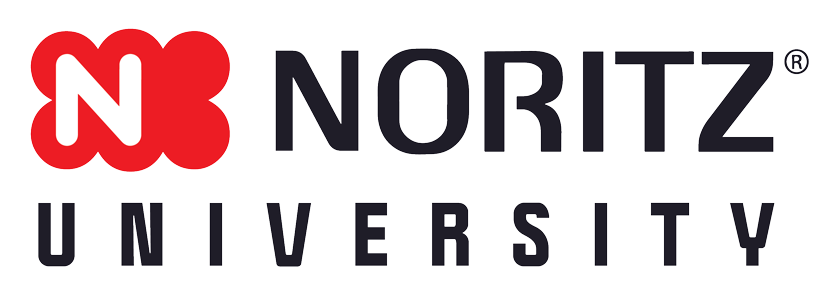Water Flow Rate and Temperature Control
Noritz tankless water heaters favor temperature output over volume. If the hot water demand is more than the heater can comfortable heat up, then the heater will restrict the amount of hot water delivered resulting in low water pressure and volume at the fixture. However, the temperature should still be correct barring any gas issues preventing the heater from getting to temperature.
Water Heating Equation
BTU/Hr = 500 x GPM x (To-Ti)
MM#14: Hot water flow rate = GPM
MM#30: Inlet Temperature = Ti (F)
MM#31: Outlet Temperature = To (F)
Knowing these bits of information will help in resolving more than 90% of the service calls received. The majority of complaints related to water and temperature are….
- the water is not the correct temperature at the fixture
- the heater is not turning on
These complaints can be resolved with proof of the flow rate and temperature checkpoints that Noritz units constantly monitor.
- If the water is not the correct temperature, then we want to verify what temperature is leaving the heater. Navigate to MM#31 to confirm the temperature output. If the MM#31 is equal to the set temperature of the heater, then the lukewarm water is a condition of the plumbing between the fixture and the tankless water heater.
- If the heater is not turning on, then we want to verify the minimum conditions to activate the heater. Verify MM#14 = flow rate, is above the minimum of 0.5gpm to start heating water. Verify choke points in the unit that can restrict good water flow through the unit: filter screen assembly and water control valves and in older installations it may require the unit to be descaled.
Water Control Components
Flow Sensor
The variable “on-switch for the heater. It monitors the hot water demand from an open hot water fixture. Broken down the multi colored wire monitors the pulse of the magnetized impellar and translates it to a gallon per minute that the circuit board will calculate how much gas and air needs to be used for combustion to maintain the desired temperature at that gpm rate.
If the flow rate drops below 0.5gpm (or 0.3gpm in newer units), then the heater will typically start shutdown procedure leaving only the fan motor running for an additional minute or so to exhaust any residual exhaust from the stack and cool the unit down for next fire..
Main Water Control Valve (with Thermistor Wire)
One of the only restricting elements inside the heater. Its coiled valve assembly is controlled by a stepper motor wired into the circuit board. It has an identifying “mechanical noise” when the heater is powered up.
In older units it regulates the water coming out of the heat exchanger. The thermistor typically reads the outlet temperature of the heater in smaller units, and the heat exchanger water temperature in larger units.
Note: the main water control valve can be interchange with a bypass water control valve in every case and you would not connect the thermistor wire. The wire harness on the motor also looks different on the two valves but the wire harness can be easily exchanged.
Bypass Water Control Valve
The bypass valve exists in larger units greater than 160Kbtu/hr input. Along with the main water valve, these components create internal mixing within the unit. The bypass valve is responsible for controlling the cold water input into the superheated water coming from the heat exchanger.
Note: the bypass valve cannot be interchanged with the main water valve because the bypass valve does not have a thermistor wire.
